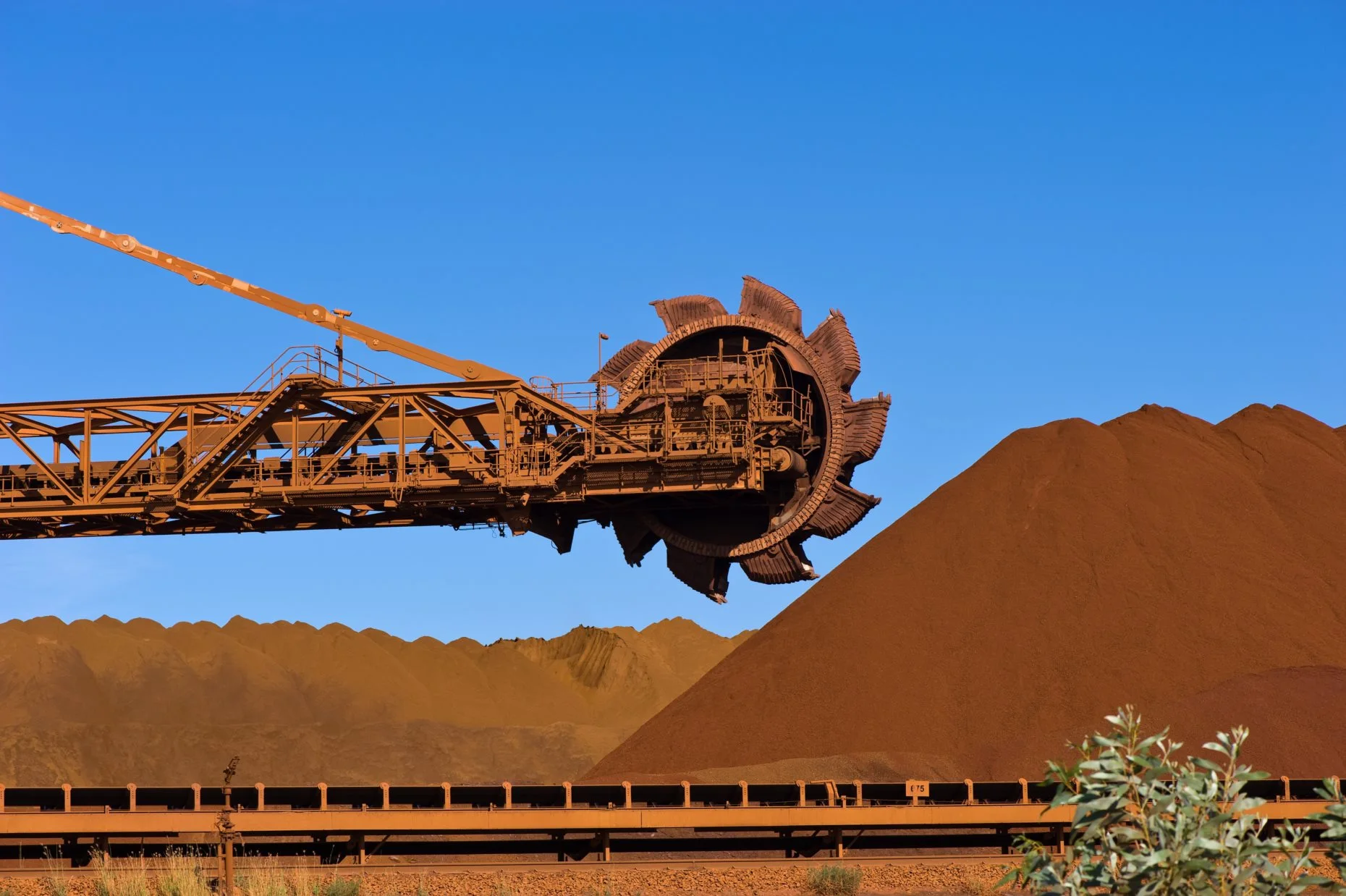(Analysis) Iron ore prices hovering around $100 per ton in 2024 mark a pivotal shift in China’s approach to its commodity market.
With Vale’s iron ore reaching a 10-month low of $95.40 but recovering to just over $101, the fluctuation reflects a broader move away from traditional sectors amid a persistent real estate crisis.
This adjustment contrasts with the recovery signals from China’s overall economy, where factory activity grew in March after months of decline.
The move towards sectors like renewable energy and advanced technology represents a departure from the previously dominant real estate, now less central to the economy.
Real estate and infrastructure, although slowing, continue to underpin the steel industry’s demand.

Yet, the Chinese government’s cautious approach to large-scale projects and local government debt burden limit these sectors’ potential to stimulate growth.
The expected spring construction surge has not materialized, casting uncertainty over future demand.
Angang Steel and Maanshan Iron & Steel anticipate losses and challenging times, highlighting the supply-demand gap.
President Xi’s emphasis on “new productive forces” and reducing real estate investment marks a shift towards prioritizing metals like copper over iron ore and steel.
Iron ore prices staying under $100 per ton pose challenges for producers, possibly leading to tighter supply.
The main worry is about future demand. Australian forecasts predict iron ore prices will fall to about $70 per ton by 2029.
The enduring real estate slump, constrained local investment, and consumer caution remain significant hurdles.

